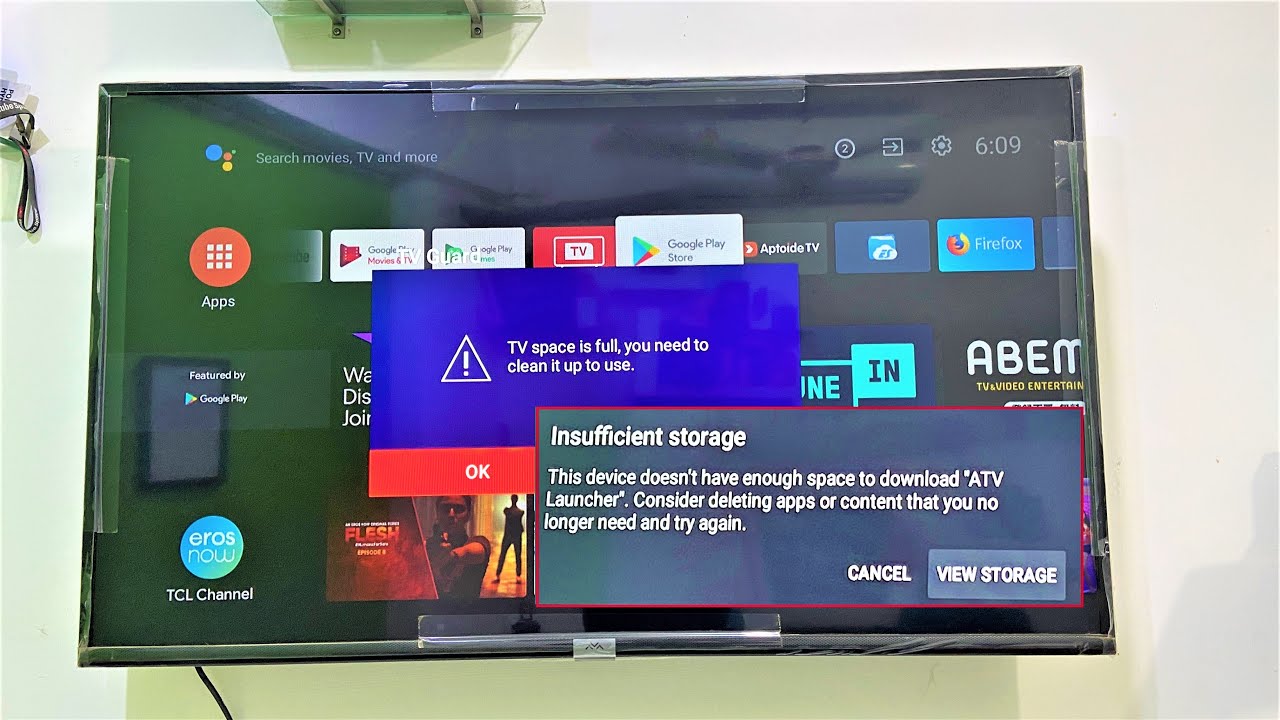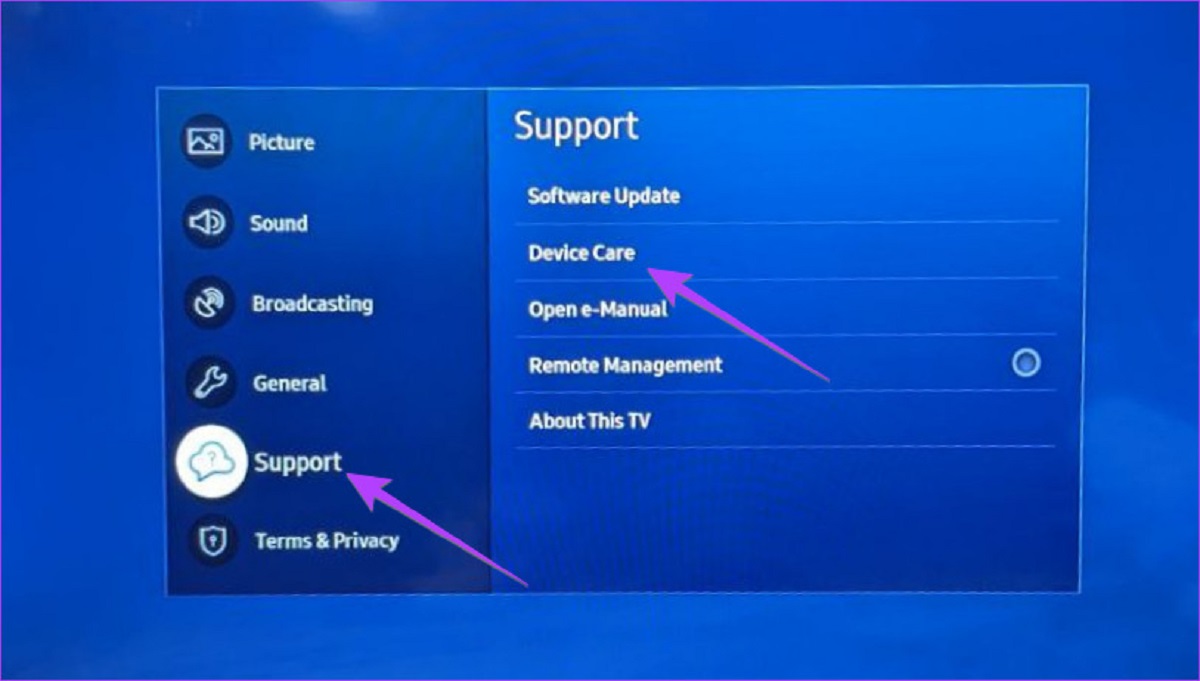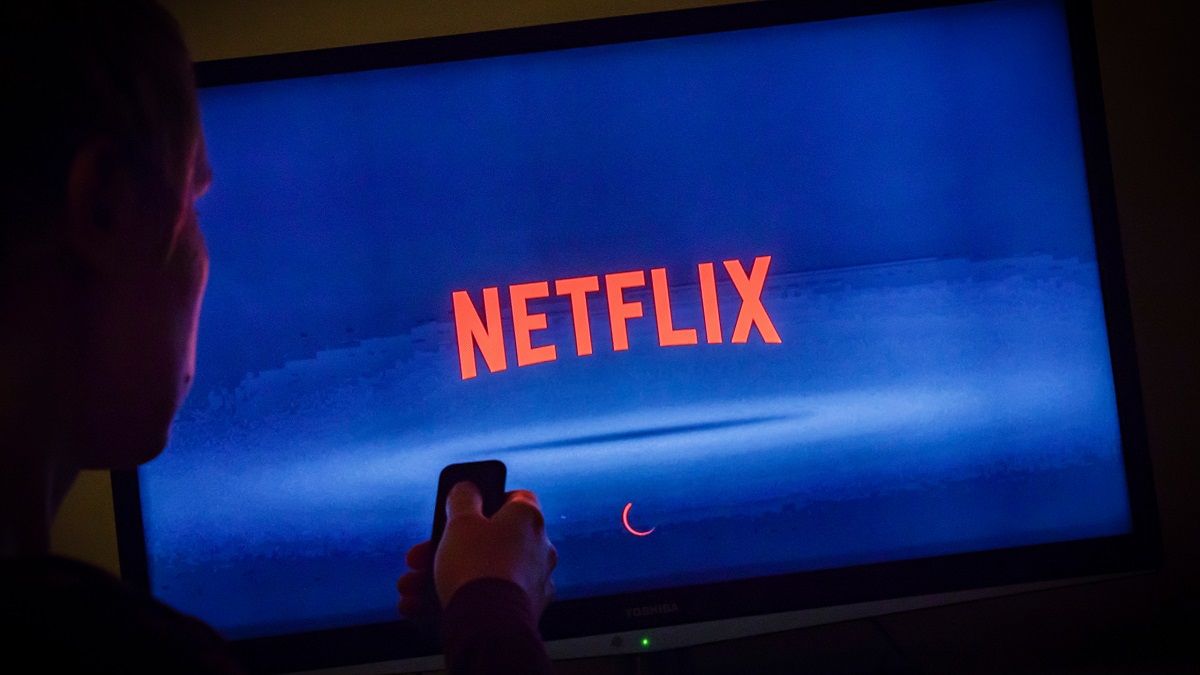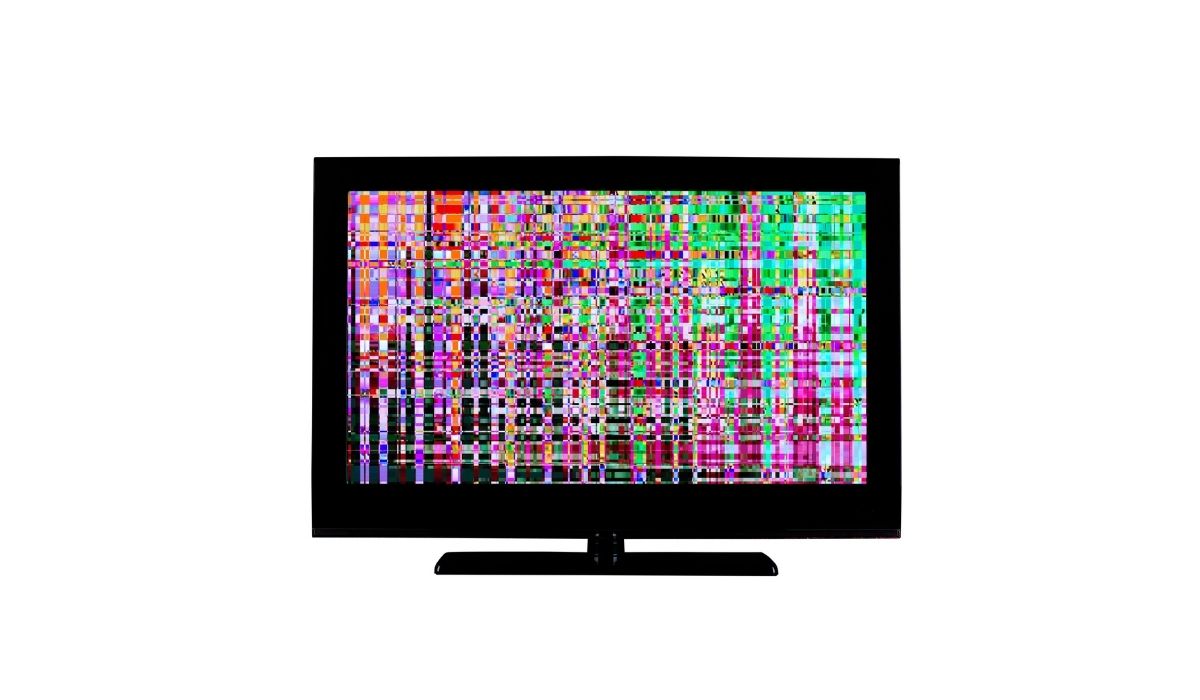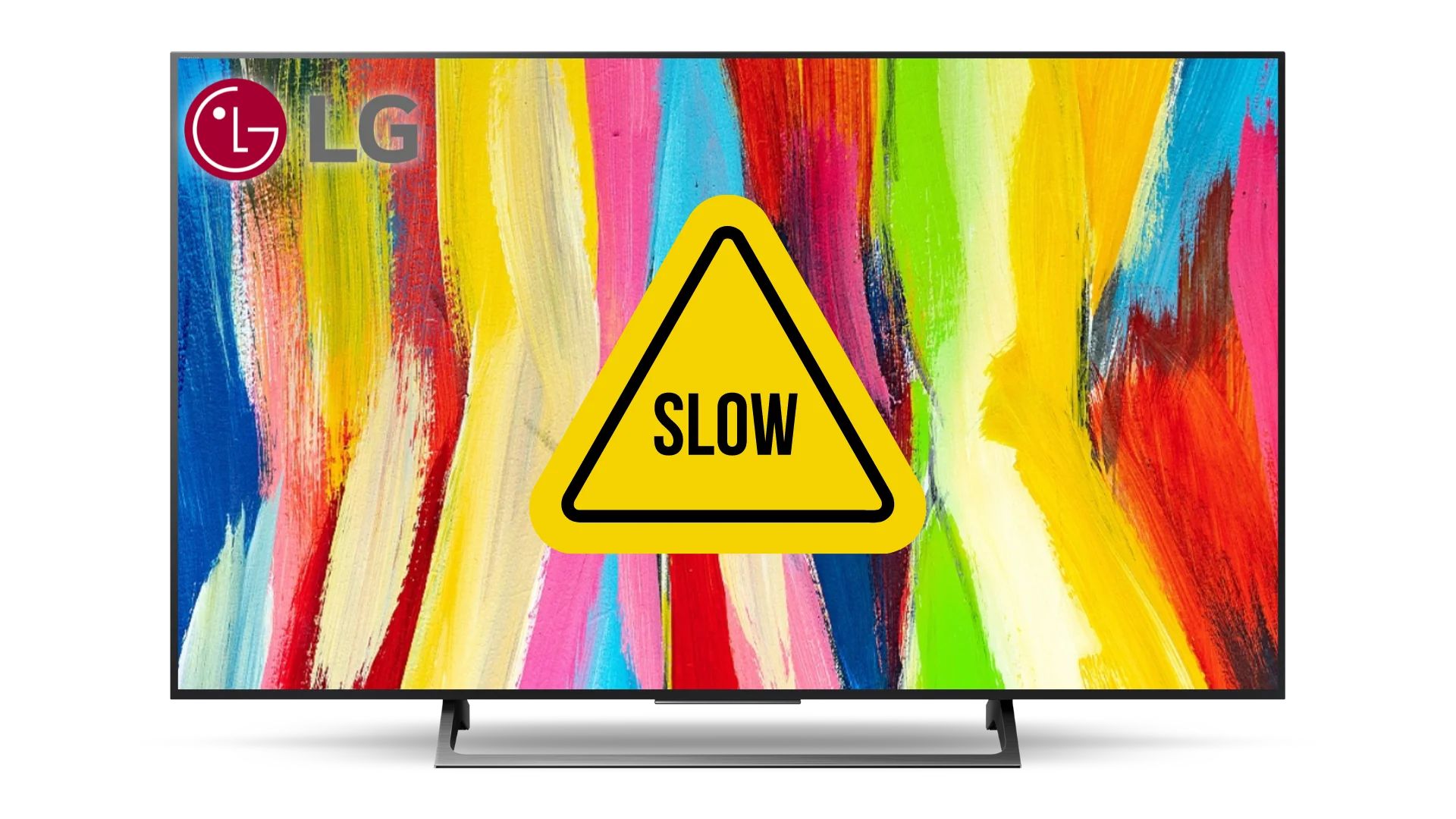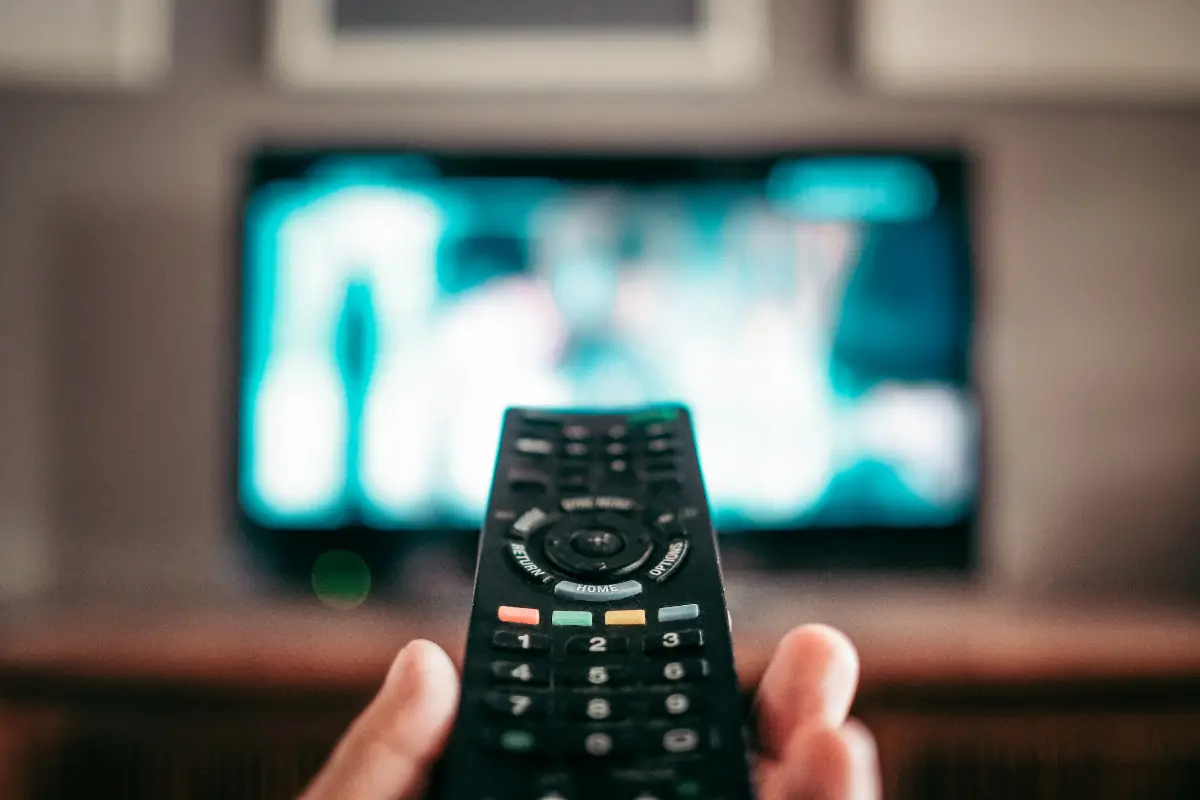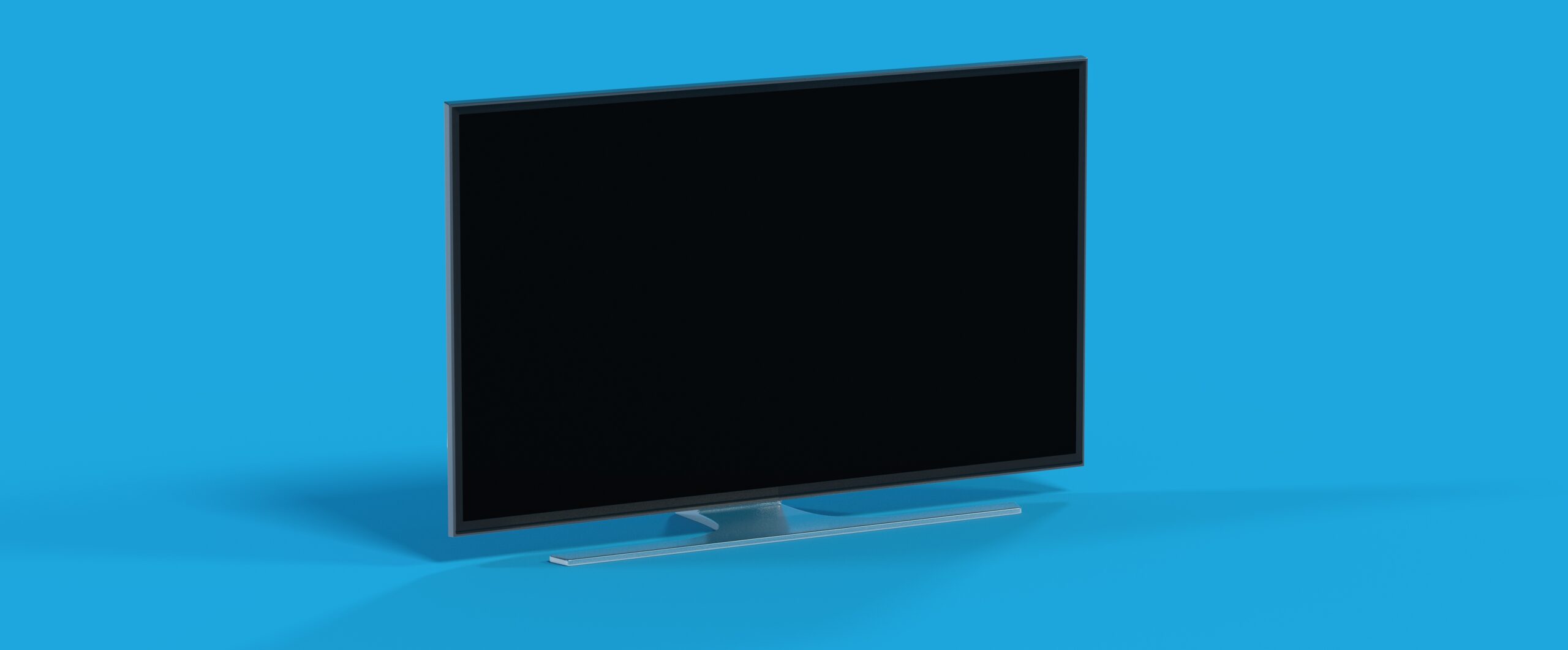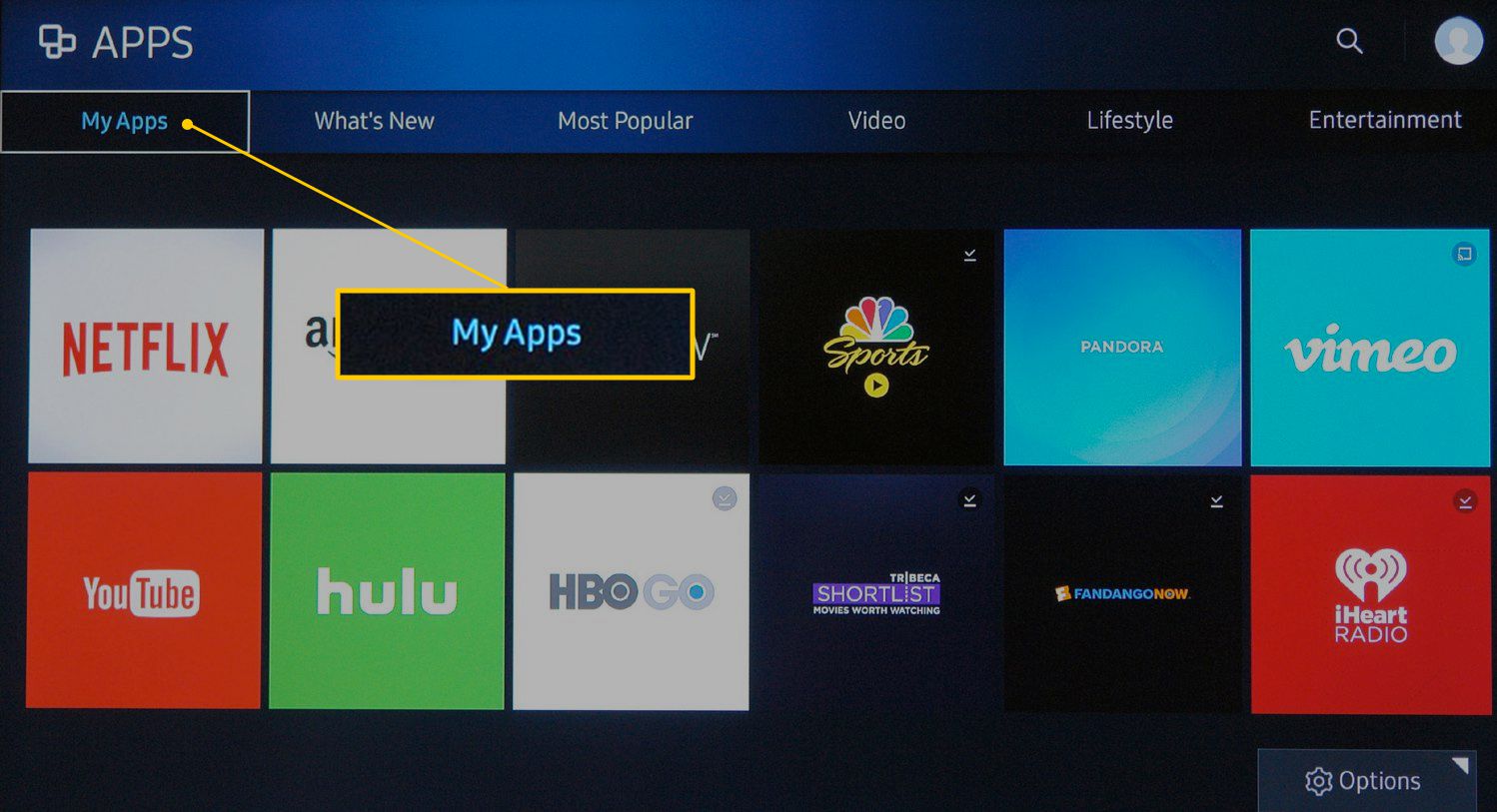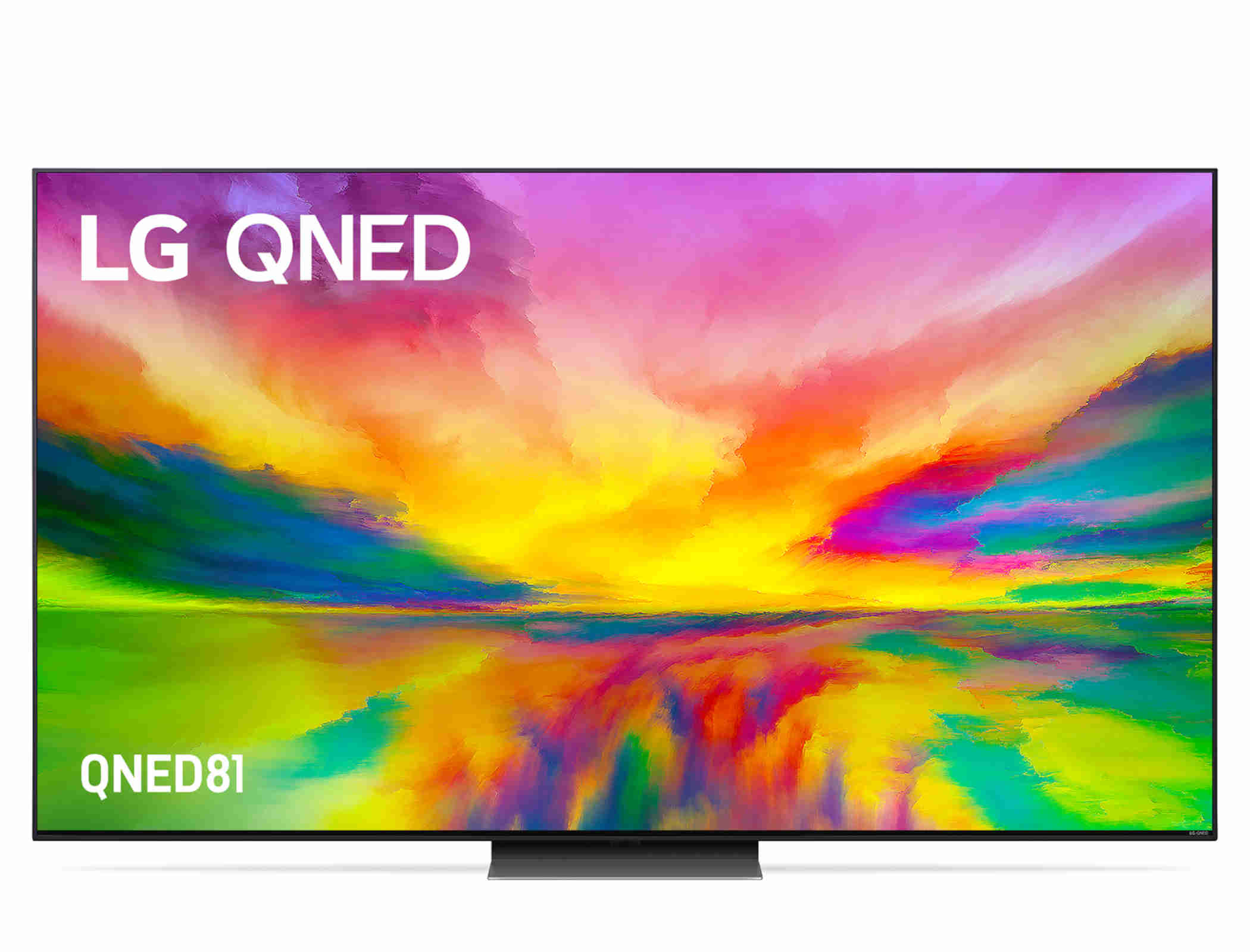Introduction
Smart TVs have revolutionized the way we consume entertainment and access online content. These devices offer a wide range of features, including streaming services, apps, and games, all at the convenience of your fingertips. However, over time, you may notice that your Smart TV starts to slow down or experience lag. This can be attributed to the limited internal memory that these devices have.
Freeing up memory on your Smart TV is essential to ensure smooth and uninterrupted performance. By optimizing the memory usage, you can enhance the overall user experience and prevent any potential issues such as freezing or crashing apps. In this article, we will explore some effective methods to free up memory on your Smart TV and improve its performance.
Before we dive into the methods, it is crucial to understand why it is important to manage the memory on your Smart TV. The limited memory capacity on these devices means that you have to be mindful of the apps, games, and media files you keep installed or stored. When the memory becomes full, the Smart TV may struggle to run multiple applications simultaneously, resulting in slower response times and performance degradation.
Moreover, a cluttered and overloaded memory can significantly impact the speed and performance of your Smart TV’s operating system. It can lead to slower app launches, increased buffering times, and even system crashes. By regularly freeing up memory and optimizing your Smart TV’s performance, you can enhance your entertainment experience and enjoy seamless browsing, streaming, and gaming.
Why is it important to free up memory on a Smart TV?
Managing the memory on your Smart TV is crucial for maintaining its optimal performance. Here are a few reasons why it is important to free up memory on your Smart TV:
- Improved Speed and Performance: When your Smart TV’s memory is overloaded with unnecessary apps, games, and files, it can slow down the device’s overall performance. By freeing up memory, you can ensure that your Smart TV runs smoothly, with faster app launches and smoother media playback.
- Prevent App Crashes: Insufficient memory can cause apps to crash frequently, interrupting your viewing or gaming experience. By freeing up memory, you can reduce the likelihood of app crashes and enjoy uninterrupted usage of your favorite applications.
- More Storage Space: Smart TVs usually come with limited internal storage. When this storage gets filled up with unnecessary applications and files, you may be left with little to no space to download new apps or store media files. Freeing up memory ensures that you have ample storage space for new apps, games, and media content.
- Optimized Streaming Experience: Streaming services like Netflix, Amazon Prime, and Hulu require sufficient memory to buffer and play high-quality video content smoothly. If your Smart TV’s memory is filled with unnecessary files and apps, it can result in buffering issues and poor video quality. By freeing up memory, you can improve your streaming experience and enjoy your favorite shows and movies without interruptions.
- Reduced Lag and Slowdown: Over time, the performance of a Smart TV can deteriorate if its memory is not managed properly. Slow app launches, lag during navigation, and delayed response times are common signs of memory overload. By regularly freeing up memory, you can minimize lag and ensure a smooth and responsive user interface.
By understanding the importance of freeing up memory on your Smart TV, you can take the necessary steps to optimize its performance, enhance your entertainment experience, and ensure long-term usability.
Understanding the memory usage on your Smart TV
To effectively free up memory on your Smart TV, it’s important to have a clear understanding of how the memory is being used. Typically, Smart TVs have two types of memory: RAM (Random Access Memory) and storage memory.
RAM: RAM is the temporary memory that your Smart TV uses to store active applications and processes. It allows for quick access and multitasking capabilities. However, RAM is limited in size, and once it reaches its capacity, the performance of your Smart TV may be affected.
Storage Memory: Storage memory, also known as internal storage, is where your Smart TV stores applications, games, media files, and system data. This storage capacity varies among different Smart TV models, and the more storage memory available, the more apps and files you can store.
It’s essential to check the memory usage on your Smart TV regularly. Most Smart TVs provide an option in the settings menu to view the memory usage. By accessing this option, you can see how much RAM and storage memory is currently in use and how much is available.
Additionally, you can monitor the memory usage while using specific apps or games on your Smart TV. This will give you an idea of which applications are consuming the most memory. If you notice that certain apps consistently use a large amount of memory, it might be worth considering uninstalling or replacing them.
Understanding the memory usage on your Smart TV allows you to make informed decisions on which apps to keep, which files to delete, and how to effectively manage the memory to ensure optimal performance.
Check for and remove unused apps and games
One of the main contributors to memory overload on a Smart TV is the accumulation of unused applications and games. Over time, you may install various apps and games that you no longer use, taking up valuable space on your device. By regularly checking for and removing these unused apps and games, you can free up memory and improve the performance of your Smart TV.
Here are a few steps to check for and remove unused apps and games on your Smart TV:
- Access the app management menu: Depending on your Smart TV’s operating system, the process of accessing the app management menu may vary. Typically, you can find this option in the settings menu or the apps section. Look for an option that allows you to view all installed apps and games.
- Identify unused apps and games: Go through the list of installed apps and games and identify those that you no longer use or need. Consider factors such as frequency of use and relevance to your current needs. If you haven’t opened an app or played a game for a long time, chances are you can remove it from your Smart TV to free up memory.
- Uninstall unused apps and games: Once you have identified the unused apps and games, select them one by one and choose the uninstall option. Confirm the uninstallation when prompted. This process will remove the selected apps and games from your Smart TV, freeing up space in the internal storage.
- Avoid reinstalling unnecessary apps: After removing unused apps and games, it’s important to resist the temptation to reinstall them unless they serve a specific purpose. Be mindful of the apps and games you choose to reinstall to prevent memory overload in the future.
By regularly checking for and removing unused apps and games, you can create more room for the apps and games that you truly enjoy and use frequently. This practice will help optimize the memory usage of your Smart TV, resulting in improved performance and a smoother overall experience.
Clear cache and temporary files
Cache and temporary files are generated by various applications and processes on your Smart TV. These files are designed to improve the performance and loading times of apps and websites. However, over time, these files can accumulate and take up valuable memory space on your Smart TV. Clearing the cache and temporary files can help free up memory and improve the overall performance of your device.
Here’s how you can clear the cache and temporary files on your Smart TV:
- Access the settings menu: Navigate to the settings menu on your Smart TV. The exact location of the settings menu may vary depending on your device’s brand and operating system. Look for a gear or wrench icon usually found on the home screen or in the app drawer.
- Find the storage or memory option: In the settings menu, locate the storage or memory option. This is where you can access the information and settings related to your Smart TV’s storage and memory.
- Clear cache and temporary files: Within the storage or memory options, there should be an option to clear cache or delete temporary files. Select this option to proceed.
- Confirm the deletion: A confirmation message will usually appear, stating that clearing the cache or temporary files will free up memory. Confirm the deletion to proceed with clearing the cache and temporary files.
- Repeat periodically: It’s a good practice to clear the cache and temporary files on your Smart TV periodically, depending on your usage. This keeps the memory usage optimized and prevents unnecessary accumulation of files.
By clearing the cache and temporary files on your Smart TV, you can reclaim valuable memory space. As a result, you may notice improved app loading times, smoother browsing, and enhanced performance across various applications and services.
Managing your downloads and offline content
Downloading content and saving files for offline use is a common practice on Smart TVs. Whether it’s downloading movies, TV shows, or music, these files can consume a significant amount of memory over time. Managing your downloads and offline content is crucial to free up memory and optimize the performance of your Smart TV.
Here are some tips for managing your downloads and offline content:
- Regularly review downloaded files: Take some time to review the files you have downloaded and saved for offline use. Consider whether you still need them and if they are worth the memory space they occupy. Delete any files that you no longer want or that you have already watched or listened to.
- Utilize cloud storage: If you have limited internal storage on your Smart TV, consider using cloud storage services to store your media files. Cloud storage allows you to access your files from anywhere and can help free up local memory space on your Smart TV.
- Stream instead of downloading: Instead of downloading files and saving them on your Smart TV, consider streaming content directly from online services. Streaming eliminates the need to store large files locally, freeing up memory on your device.
- Use external storage devices: Some Smart TVs offer the option to connect external storage devices, such as USB drives or external hard drives. Take advantage of this feature to offload downloaded files and offline content onto these devices, freeing up internal memory.
- Organize your files: Maintain a well-organized library of downloaded files and offline content. Use folders or categories to keep your media organized and easily accessible. This can help you identify files that you no longer need and improve overall file management.
By actively managing your downloads and offline content, you can prevent unnecessary clutter and free up memory on your Smart TV. This allows for a smoother and more efficient performance, enabling you to enjoy your favorite media without any interruptions.
Perform a factory reset
If you have tried various methods to free up memory on your Smart TV and are still experiencing performance issues, performing a factory reset may be a viable solution. A factory reset restores your Smart TV to its original factory settings, erasing all settings, preferences, and installed apps. It can help resolve software glitches, clear memory, and optimize the overall performance of your device.
Before performing a factory reset, it’s important to keep in mind that this process will erase all data and settings on your Smart TV, including downloaded apps, personalized settings, and logged-in accounts. Make sure to back up any important data or settings before proceeding.
Here’s how you can perform a factory reset on your Smart TV:
- Access the settings menu: Navigate to the settings menu on your Smart TV. Look for a gear or wrench icon, typically found on the home screen or in the app drawer.
- Find the reset option: In the settings menu, search for the reset or restore option. The exact location and naming of this option may vary depending on your Smart TV’s brand and operating system.
- Initiate the factory reset: Select the reset option and follow the on-screen prompts to initiate the factory reset process. You may be prompted to enter a confirmation code or password to proceed.
- Wait for the process to complete: The factory reset process may take a few minutes to complete. During this time, your Smart TV will restart and restore its original factory settings.
- Set up your Smart TV: Once the factory reset is complete, you will need to set up your Smart TV from scratch. This includes connecting to your Wi-Fi network, signing in to your accounts, and reinstalling desired apps.
Performing a factory reset on your Smart TV can help eliminate any software-related issues and provide a fresh start. It allows your Smart TV to run more efficiently by clearing all previous data and configurations that may have contributed to memory and performance issues.
However, it’s important to note that a factory reset should be considered as the last resort if other methods have failed to improve the performance of your Smart TV. Be sure to back up any important data and settings before proceeding.
Conclusion
Freeing up memory on your Smart TV is a crucial step in optimizing its performance and ensuring a seamless entertainment experience. By implementing the methods discussed in this article, such as removing unused apps and games, clearing cache and temporary files, managing downloads and offline content, and even performing a factory reset if necessary, you can free up valuable memory space and enhance the overall functionality of your Smart TV.
Regularly reviewing and managing the memory usage on your Smart TV allows you to prioritize the apps, games, and media content that you truly need and enjoy. By removing unnecessary files and applications, you can improve app loading times, reduce lag, and prevent crashes, ultimately resulting in a smoother and more responsive user experience.
Remember to periodically check the memory usage, clear cache and temporary files, and organize your downloads and offline content. These proactive measures will help maintain optimal memory usage and ensure that your Smart TV continues to perform at its best.
If you are still experiencing significant performance issues even after implementing these memory optimization methods, it may be worth reaching out to the manufacturer’s support or seeking professional assistance to diagnose and resolve any underlying hardware or software issues.
By following these memory management techniques, you can make the most of your Smart TV’s capabilities and enjoy a seamless and enjoyable entertainment experience.







